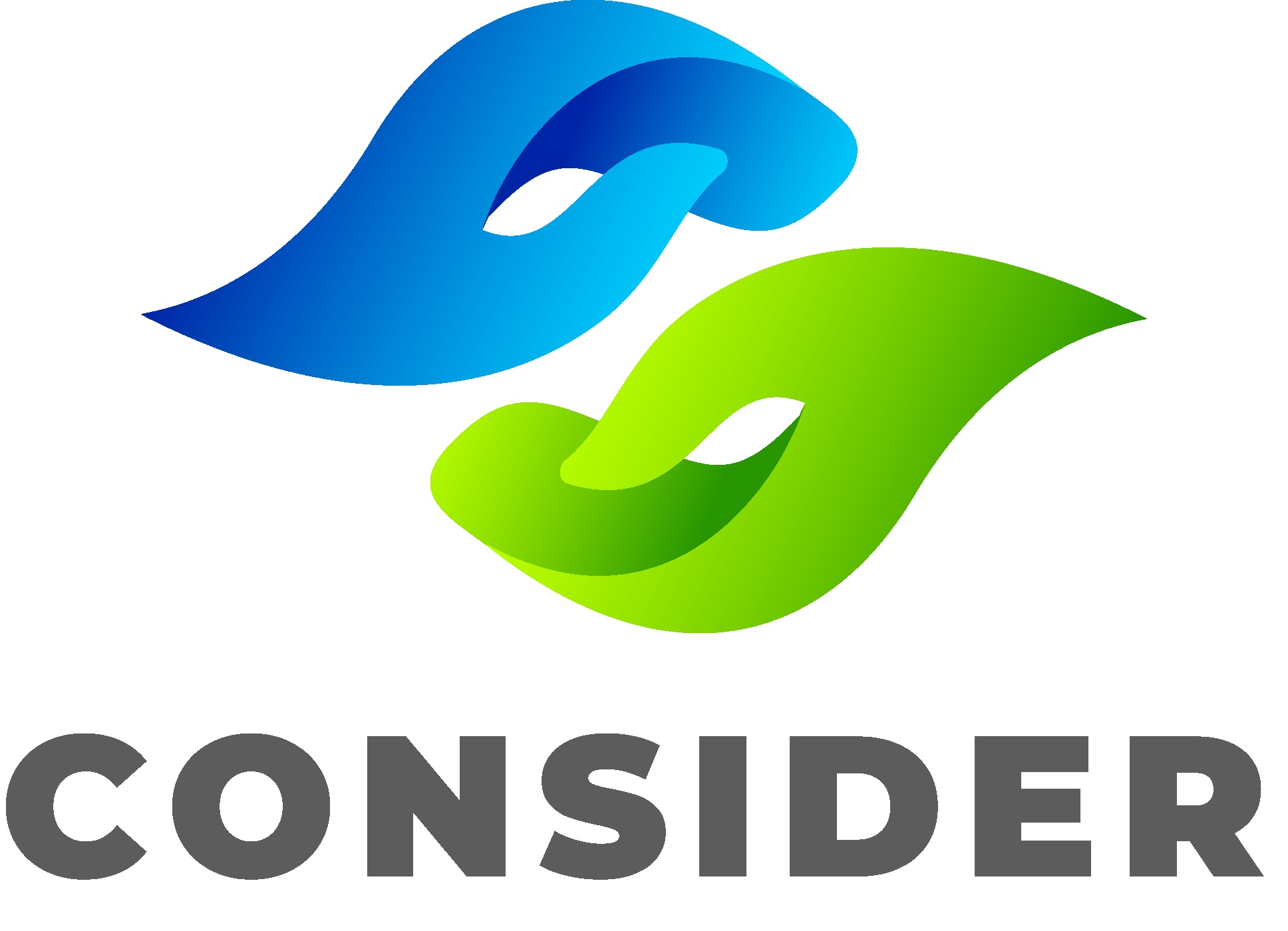Older age, learning disabilities, and lack of language proficiency are all conditions that make reading and understanding a text difficult.
When we talk about “inclusive” teaching materials we are not only referring to the content but also to the language used and the layout of the material.
At European level, in the framework of the project “Pathways to adult education for people with intellectual disabilities”, guidelines have been created that set standards for making information easy to read and understand.
Here are some examples of how to write easy-to-read language material:
– Use easy to understand words that people will know well. If you need to use difficult words, make sure to always explain them clearly.
– Use examples to explain things, using paragons that people will know from their everyday lives.
– Use the same word to describe the same thing throughout the whole document.
– Do not use difficult ideas such as metaphors.
– Do not use words from other languages unless they are very well known
– Avoid using initials, use the word in full where possible. If you have to use initials, explain them.
– Consider that percentages and big numbers are hard to understand, so is preferable to use words like “few” and “many” to explain what you mean.
A lot more can be found at https://www.inclusion-europe.eu/easy-to-read/
Article by EUROCULTURA
To learn more about the CONSIDER project or if you would like to know how to participate in the project activities or have access to the resources produced, you can do so by contacting Alexandros Koukovinis through the email alexandros.koukovinis@inova.business or Cláudia Dias through the email claudia.dias@inova.business









Comments are closed